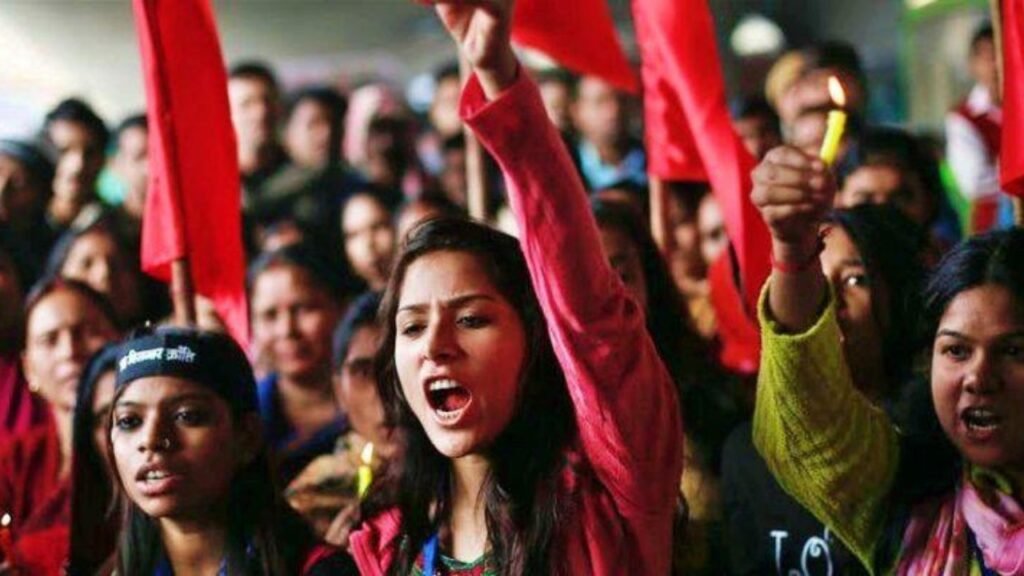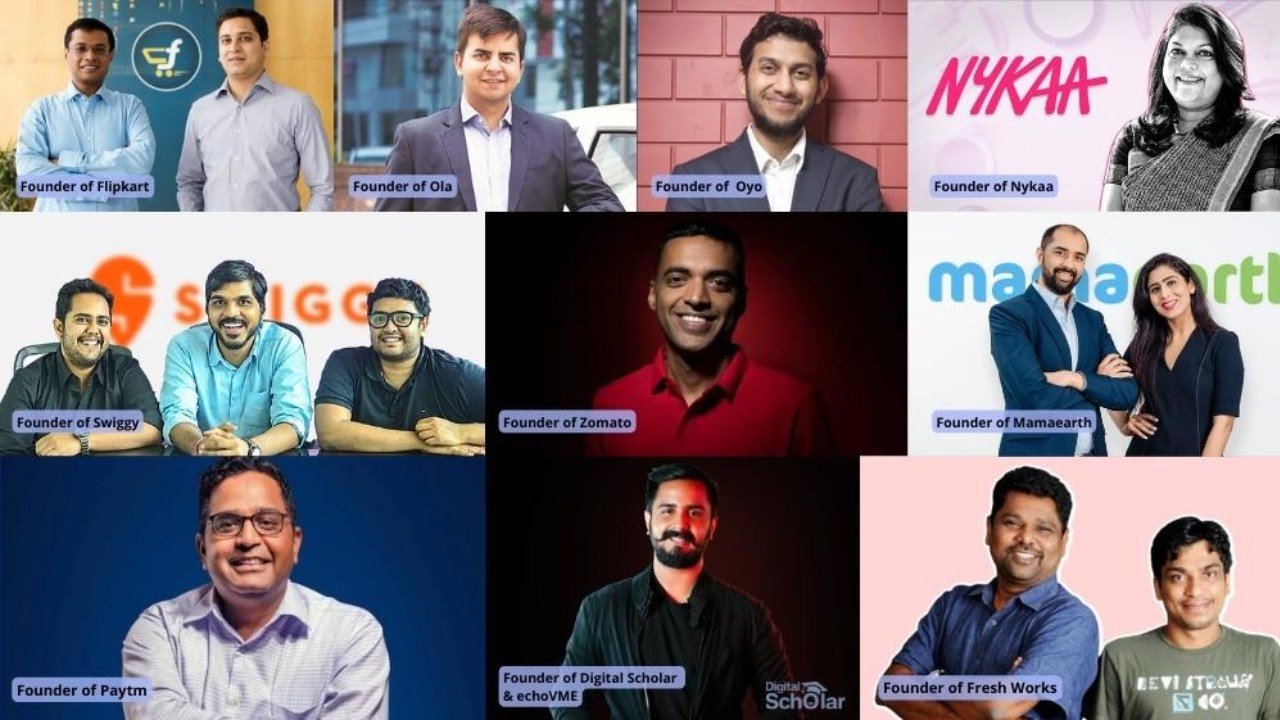India, a nation known for its diverse population, has a rich history of advocating for racial and gender equality. Various movements have emerged over the years, working tirelessly to address persistent issues of discrimination and striving to create a more just and inclusive society. In this blog, we will explore some of the ongoing efforts, challenges faced, and success stories associated with these movements.
1. Racial Equality Movements
a. The Anti-Caste Movement:
- Caste-based discrimination has been a prevalent issue in India, with the caste system creating rigid social hierarchies.
- The anti-caste movement aims to dismantle this system by advocating for equal rights and opportunities for all, irrespective of their caste.
- Prominent leaders like B.R. Ambedkar and organizations such as the Bahujan Samaj Party have played a significant role in this movement.
b. The Northeast India Movement:
- The northeastern states of India have historically faced marginalization and discrimination.
- Movements like the United Liberation Front of Asom (ULFA) and the National Socialist Council of Nagaland (NSCN) have fought for the rights of indigenous communities, seeking greater autonomy and recognition of their distinct cultures.
2. Gender Equality Movements
a. The Women’s Reservation Bill:
- The Women’s Reservation Bill aims to reserve 33% of seats in the Lok Sabha (lower house of the Indian parliament) and state legislative assemblies for women.
- This movement seeks to increase women’s political representation and address the gender disparity in decision-making positions.
b. The #MeToo Movement:
- The #MeToo movement in India has brought to light widespread sexual harassment and assault faced by women in various sectors.
- It has created a platform for survivors to share their stories, leading to increased awareness and accountability for perpetrators.
3. Challenges Faced by These Movements
a. Resistance to Change:
- Deep-rooted societal attitudes and prejudices often create resistance to change, making it difficult to achieve lasting equality.
b. Limited Access to Resources:
- Many marginalized communities lack access to adequate resources like education, healthcare, and legal support, which hinders their ability to effectively advocate for their rights.
c. Political Manipulation:
- Some political parties and leaders have been accused of using racial and gender issues for their own political gains, undermining genuine efforts for equality.
4. Success Stories and Impact
a. Affirmative Action Policies:
- India has implemented affirmative action policies such as reservations in education and employment for historically marginalized groups, leading to increased representation and opportunities.
b. Legal Milestones:
- Landmark legal cases like the Vishaka Guidelines and the Protection of Women from Domestic Violence Act have provided legal frameworks to address sexual harassment and domestic violence.
c. Cultural Shifts:
- Movements like #MeToo have sparked important conversations about consent, gender roles, and the need for a more respectful and equitable society.
Conclusion
The racial and gender equality movements in India have made significant strides in raising awareness, challenging discriminatory practices, and advocating for systemic changes. However, much work remains to be done to achieve true equality and justice for all. By acknowledging the challenges, celebrating the successes, and continuing to engage in meaningful dialogue, we can create a more inclusive and equitable India for generations to come.




